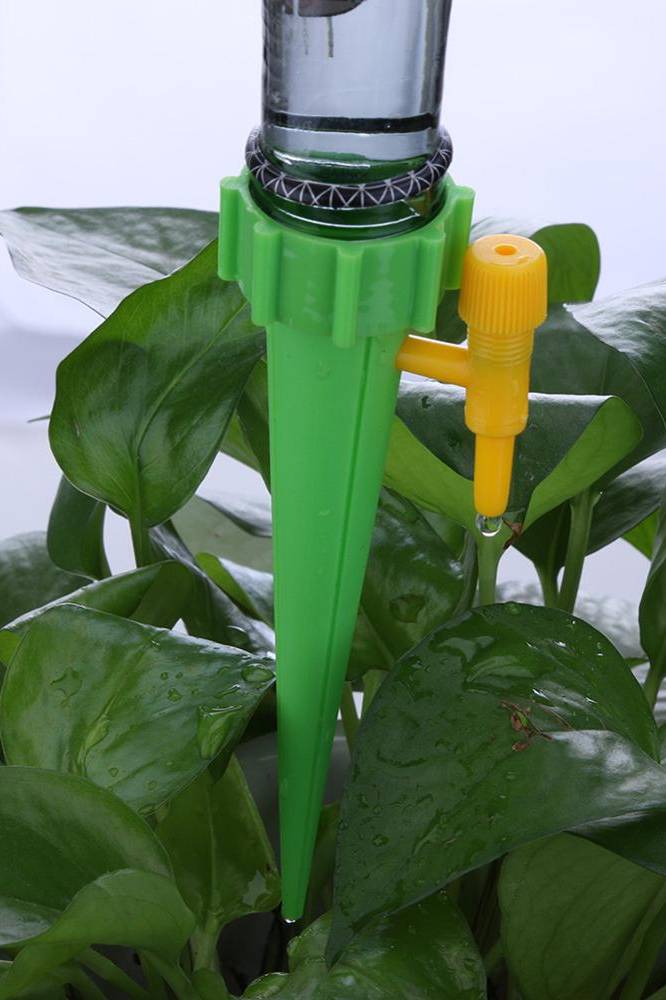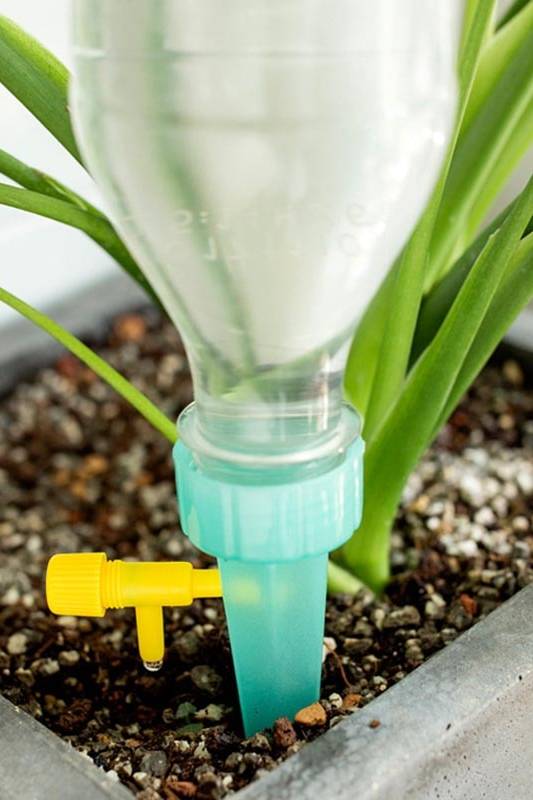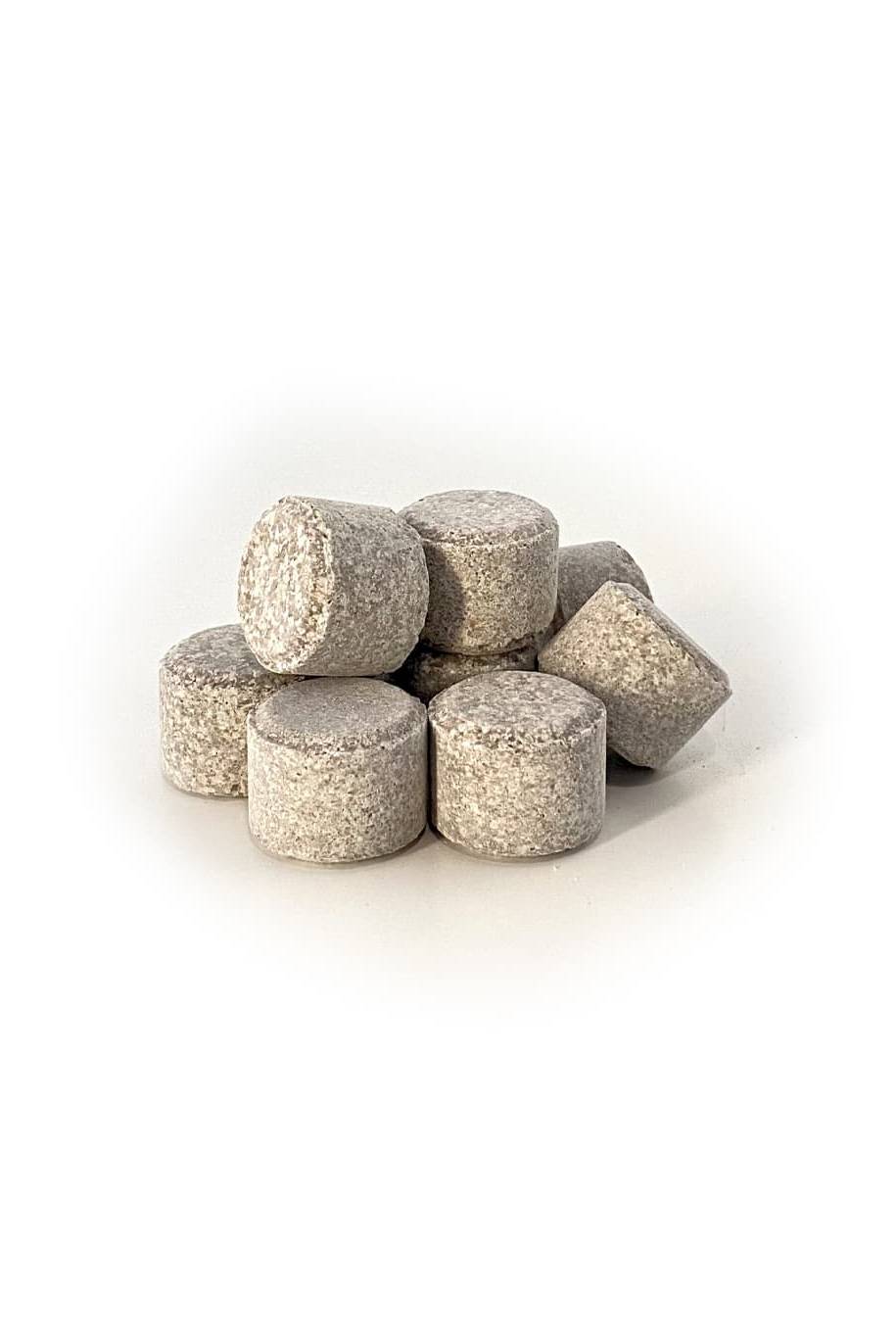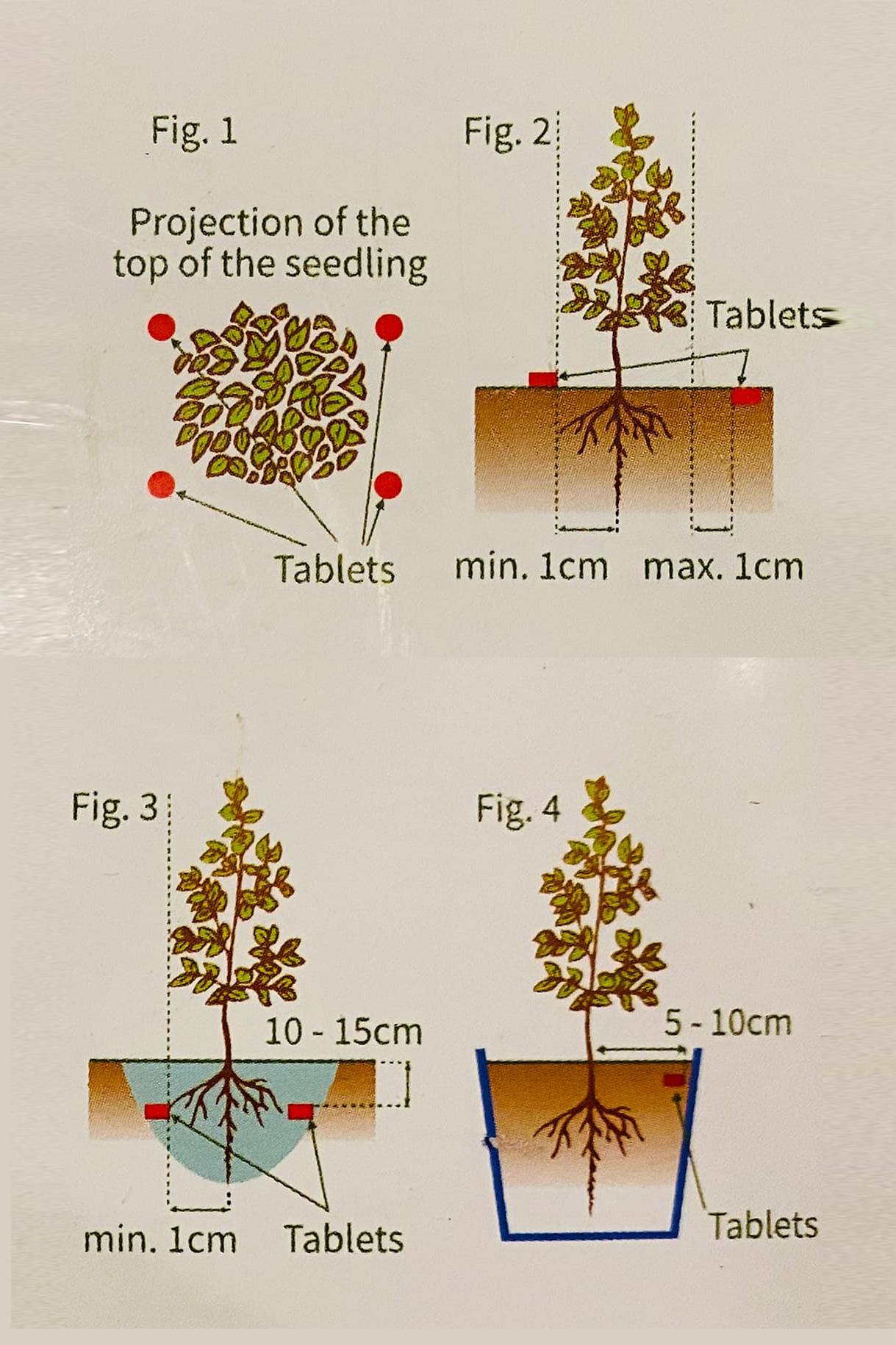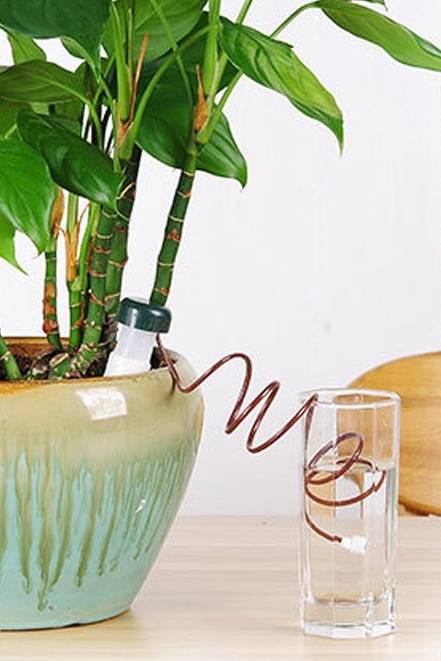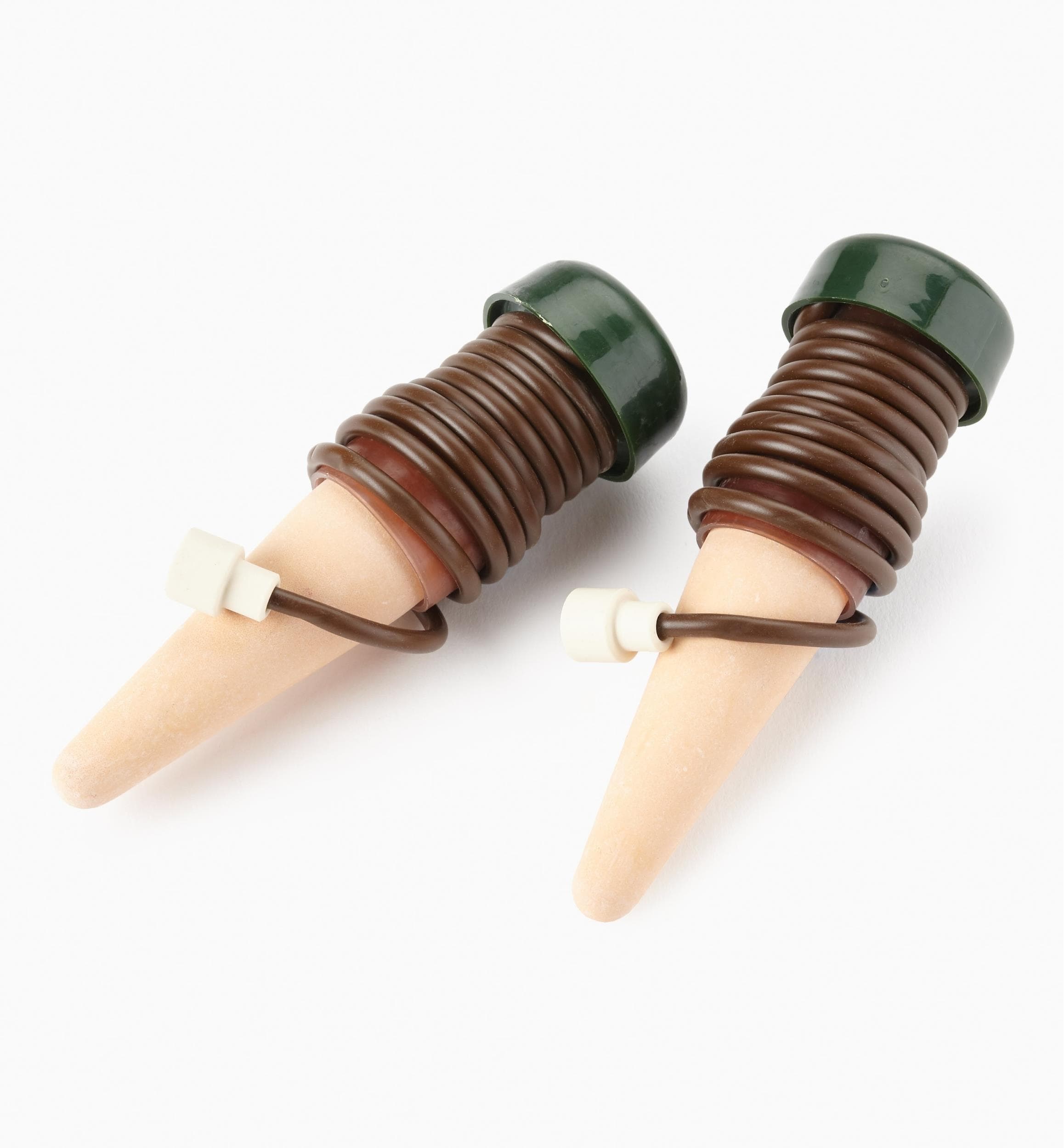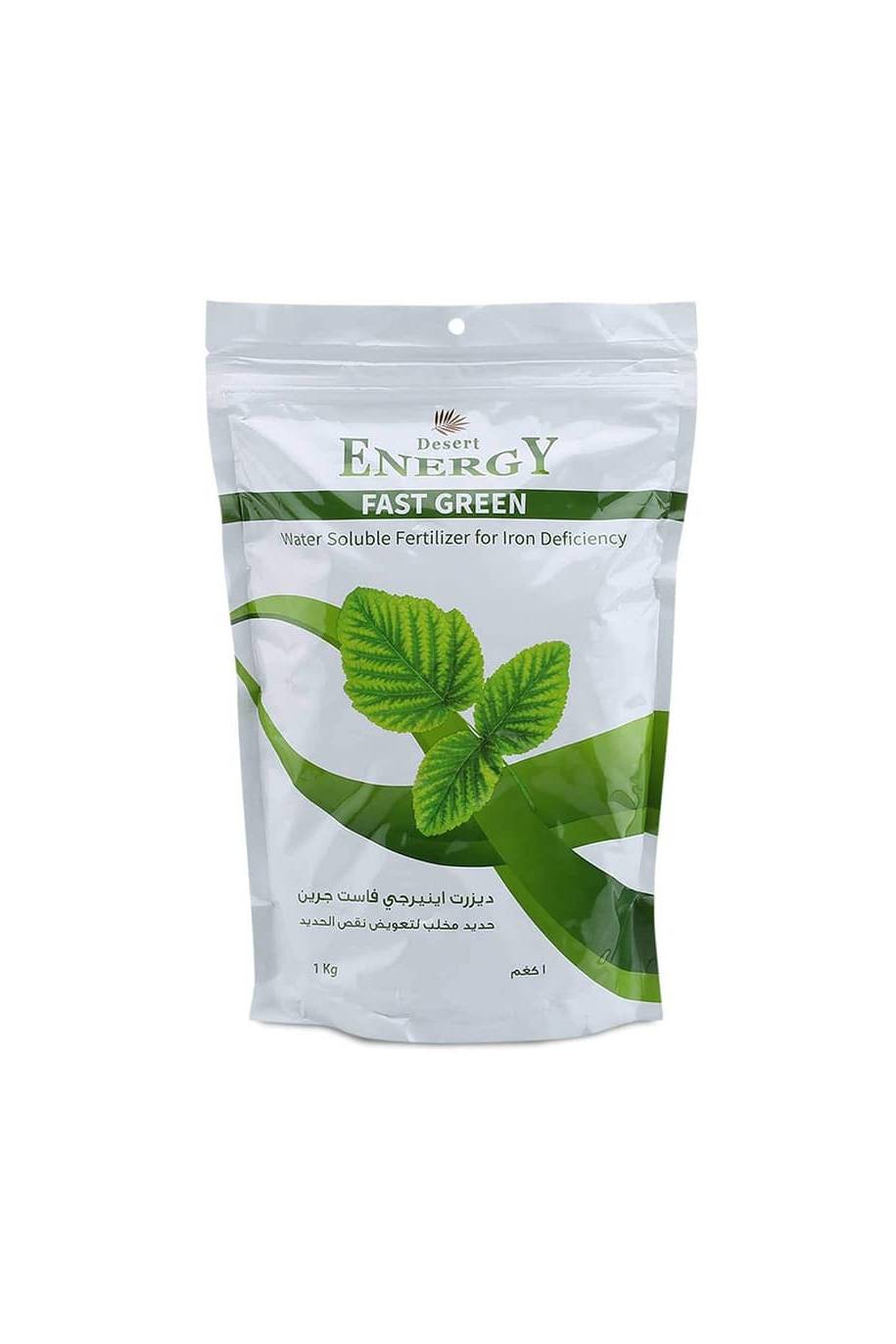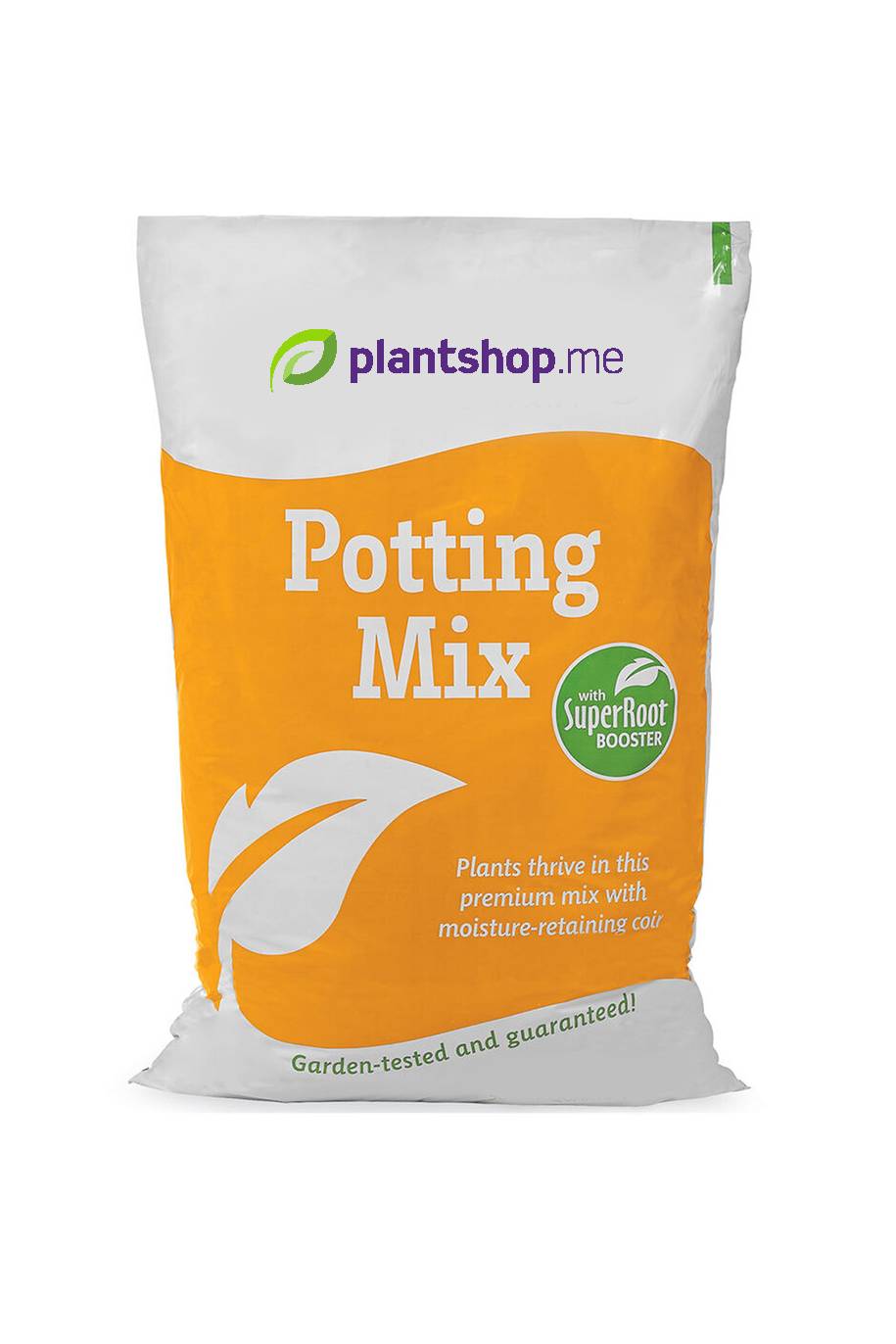Plant Bio
Pachypodium lamerei, commonly known as the Madagascar Palm, is a unique and attractive plant that belongs to the Apocynaceae family. Despite its common name, it is not a true palm but a succulent with a distinctive appearance. Here is a detailed description and care guide for Pachypodium lamerei:
Description:
Foliage: Pachypodium lamerei has long, narrow, and glossy green leaves that grow in a rosette pattern at the top of its trunk. The leaves are typically 10-20 inches (25-50 cm) long and are shed during the plant's dormant period.
Trunk: The most striking feature of the Madagascar Palm is its thick, silver-gray trunk covered with sharp, conical spines. The trunk can store water, helping the plant survive dry periods.
Flowers: While it is uncommon for Pachypodium lamerei to flower indoors, mature plants can produce large, fragrant, white to yellowish flowers. Flowering usually occurs in late spring to early summer.
Size: In its natural habitat, Pachypodium lamerei can grow up to 20 feet (6 meters) tall. However, when grown indoors or in containers, it typically reaches about 4-6 feet (1.2-1.8 meters) in height.
Care Tips:
Sunlight:
Pachypodium lamerei thrives in bright light and requires full sun for optimal growth. It should receive at least 6 hours of direct sunlight daily.
If growing indoors, place the plant near a south or west-facing window where it can get plenty of light.
Temperature:
This plant prefers warm temperatures and should be kept in an environment between 65°F and 85°F (18°C to 29°C).
It is not frost-tolerant and should be protected from temperatures below 50°F (10°C). In cooler climates, it should be brought indoors during the winter months.
Watering:
Water Pachypodium lamerei thoroughly but infrequently. Allow the soil to dry out completely between waterings. Overwatering can lead to root rot.
During the dormant winter period, reduce watering significantly, providing just enough moisture to keep the plant from completely drying out.
Soil:
Use a well-draining, sandy or cactus potting mix to prevent water from sitting around the roots. Good drainage is crucial for this plant's health.
If planting in a container, ensure it has drainage holes to allow excess water to escape.
Fertilization:
Feed Pachypodium lamerei with a balanced, water-soluble fertilizer diluted to half strength during the growing season (spring and summer). Fertilize once a month.
Do not fertilize during the dormant winter period.
Humidity:
This plant prefers low to moderate humidity levels. Average household humidity is usually sufficient.
Avoid placing the plant in overly humid environments, which can promote fungal growth.
Pruning:
Pruning is generally not necessary for Pachypodium lamerei. However, you can remove any dead or damaged leaves to maintain its appearance.
Be careful when handling the plant due to its sharp spines.
Pest and Disease Control:
Pachypodium lamerei is relatively pest-resistant but can occasionally be affected by mealybugs, spider mites, or scale insects. Inspect the plant regularly and treat any infestations with insecticidal soap or neem oil.
Ensure good air circulation around the plant to prevent fungal diseases.
Propagation:
Pachypodium lamerei is typically propagated from seeds, which can be sown in a well-draining soil mix and kept warm and lightly moist until germination.
Propagation from cuttings is challenging and not commonly practiced.
By providing proper care and attention, Pachypodium lamerei can thrive and become a striking and architectural addition to your indoor plant collection or outdoor garden in suitable climates. Its unique appearance and resilience make it a fascinating plant to grow and enjoy.









